Wire
Wire
Was ist ein Wire?
Wire, im Kontext der Stahlproduktion und des Stahlhandels, bezieht sich auf einen einzelnen, meist zylindrischen, flexiblen Strang oder Stab aus Metall. Wires werden in einer Reihe von Anwendungen eingesetzt, darunter Elektronik, Konstruktion und Industrieprodukte.
Wie werden Wires hergestellt?
Die Herstellung von Wires beginnt mit der Produktion von Stahl. Rohstahl wird zuerst in einem Hochtemperaturprozess geschmolzen und dann in eine gewünschte Form gegossen, meist eine lange, schlanke Form, die als "Billet" bezeichnet wird. Diese Billets werden dann weiter verarbeitet, indem sie durch eine Reihe von Walzen gepresst werden, um die endgültige Form und Größe des Wires zu erreichen.
Für welche Anwendungen wird Wire genutzt?
In der Bauindustrie werden Wires häufig in Form von Bewehrungsstahl verwendet, einem wichtigen Element in Beton- und Mauerwerksstrukturen. In der Elektronikindustrie sind Wires ein unverzichtbarer Bestandteil von Leiterplatten und anderen elektronischen Geräten. Darüber hinaus sind Wires in vielen anderen Industriezweigen, wie der Automobil- und der Luft- und Raumfahrtindustrie, weit verbreitet.
Welche Arten von Wire gibt es?
Es gibt viele verschiedene Arten von Wire, einschließlich, aber nicht beschränkt auf, Stahlwire, Kupferwire, und Aluminiumwire. Jeder dieser verschiedenen Wires hat seine eigenen einzigartigen Eigenschaften und Anwendungen, abhängig von den spezifischen Anforderungen des Projekts oder der Industrie.
Blog Posts with the term: Wire
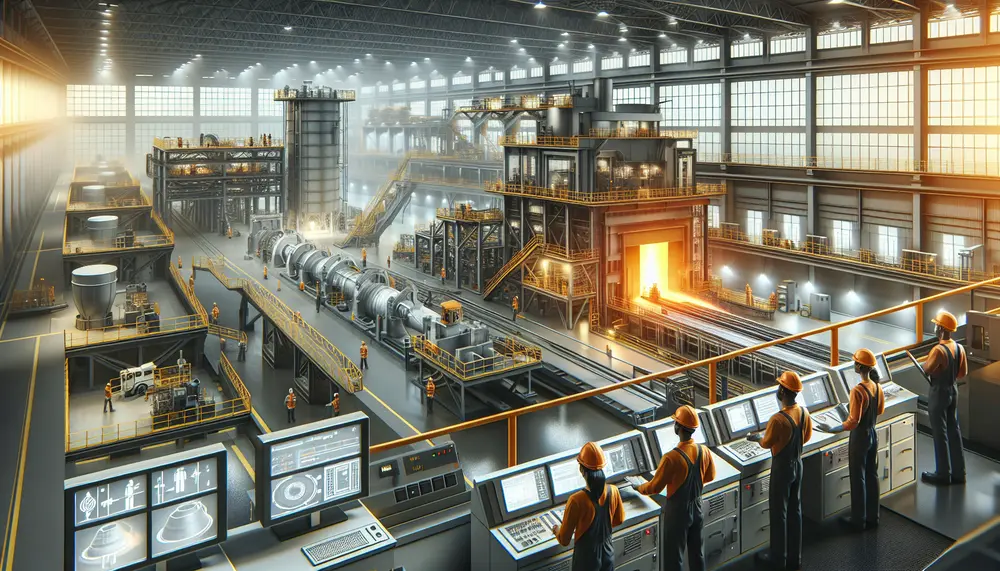
The article explains the importance of understanding a steelmaking flow chart, which outlines each step from raw material preparation to final products, aiding in efficiency and productivity. It details key components like raw materials (iron ore, limestone, coal), primary steps...
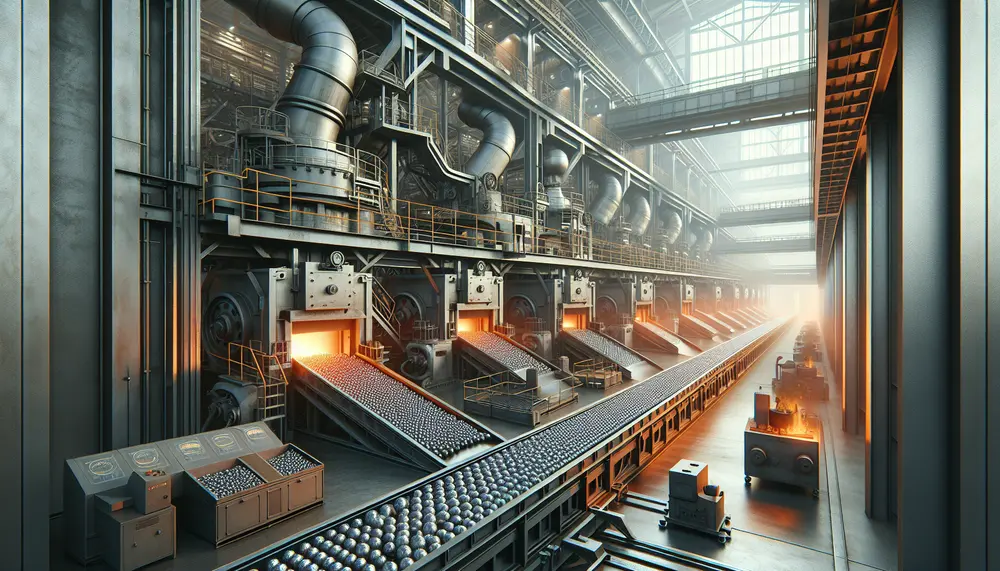
The manufacturing of steel balls is a complex process involving precise steps to produce high-quality products for various applications. It starts with selecting the right raw materials and includes forging, flashing, heat treating, grinding, lapping, and rigorous inspections to ensure...
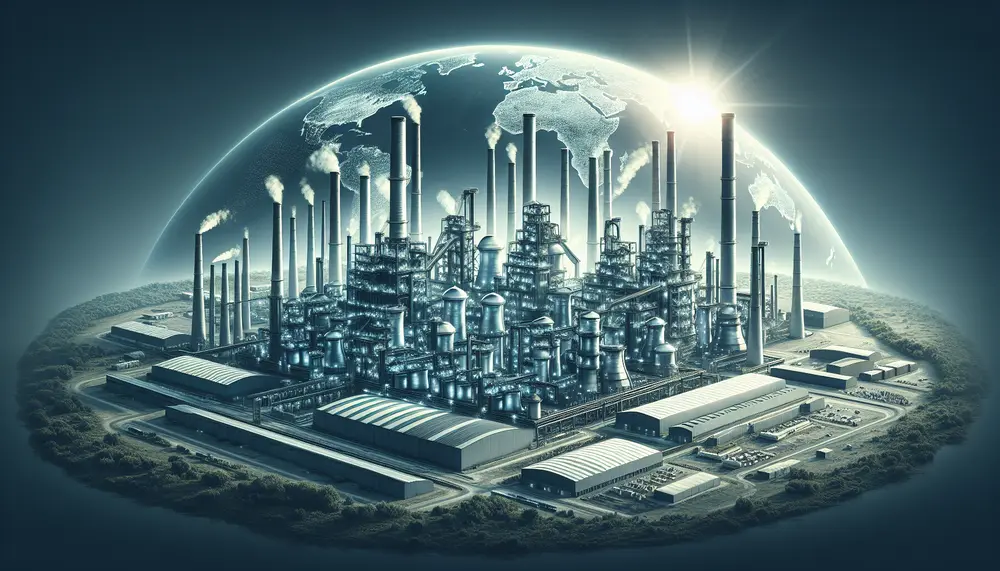
Turkey's steel industry is a key economic pillar, known for its high-quality production and strategic location that bridges Europe and Asia. Despite challenges like raw material dependency and global price fluctuations, the sector has shown resilience through innovation and contributes...
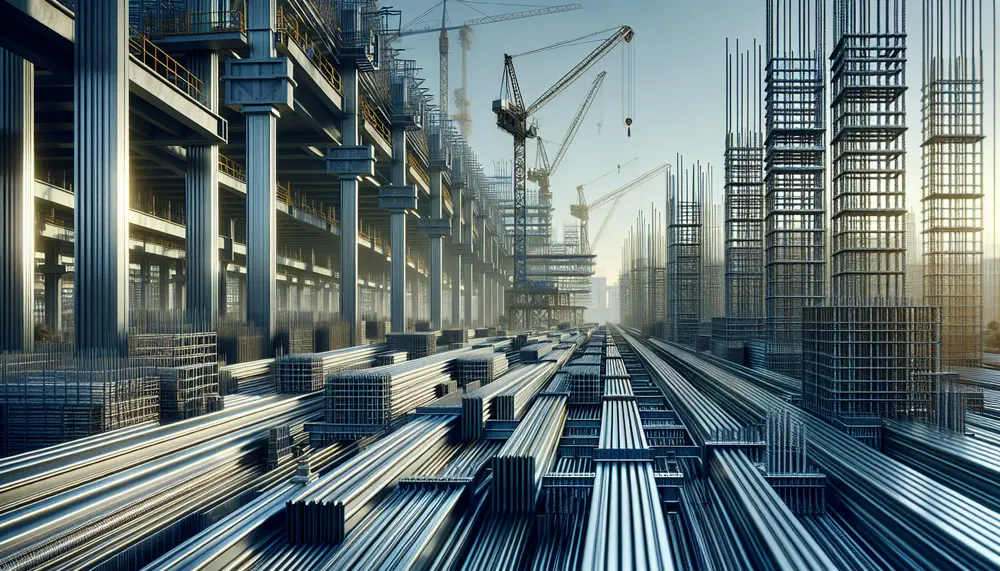
The steel industry in Uganda is vital to its construction sector, supplying materials for infrastructure and buildings with a network of manufacturers, traders, suppliers, and regulators. Steel production meets local demand and exports; understanding the industry involves factors like raw...
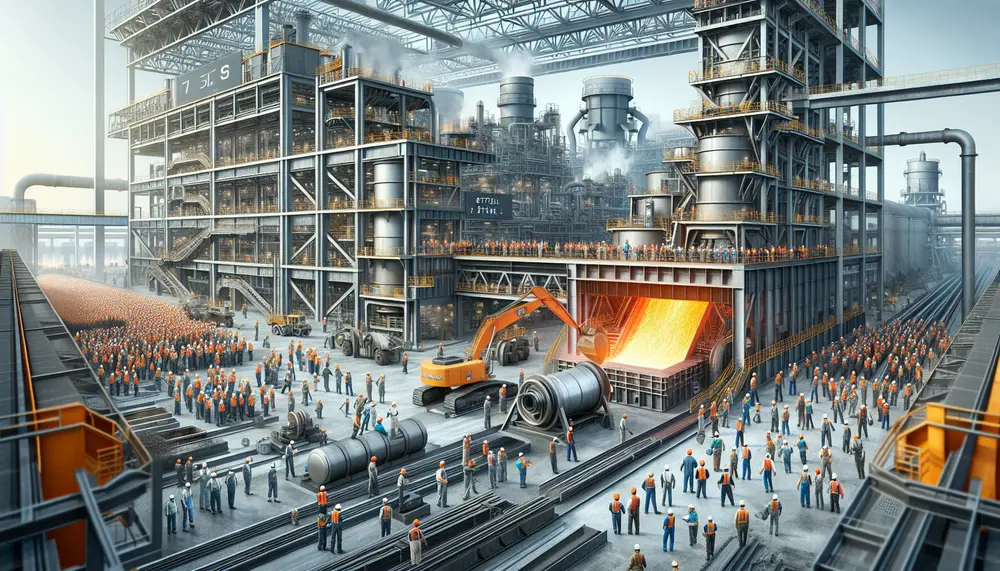
The article explains the steel production process using a detailed steelmaking diagram, which visually breaks down each step from raw material preparation to finishing processes. It covers two main methods of steelmaking—Basic Oxygen Steelmaking (BOS) and Electric Arc Furnace (EAF)—and...
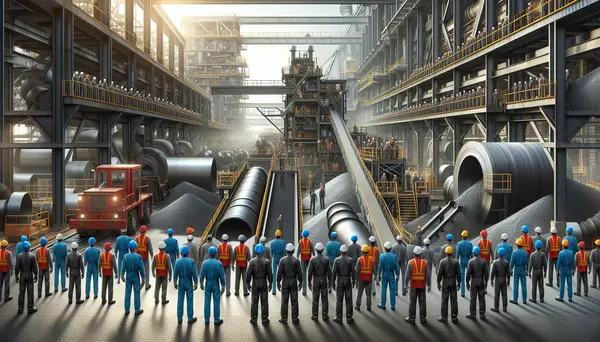
The article provides an in-depth look at the metal production process, from mining and refining ores to primary forming and secondary processes like heating, forming, cooling. It also explores different types of metal production methods including forging, casting, drawing/forming/machining, extrusion/cutting,...
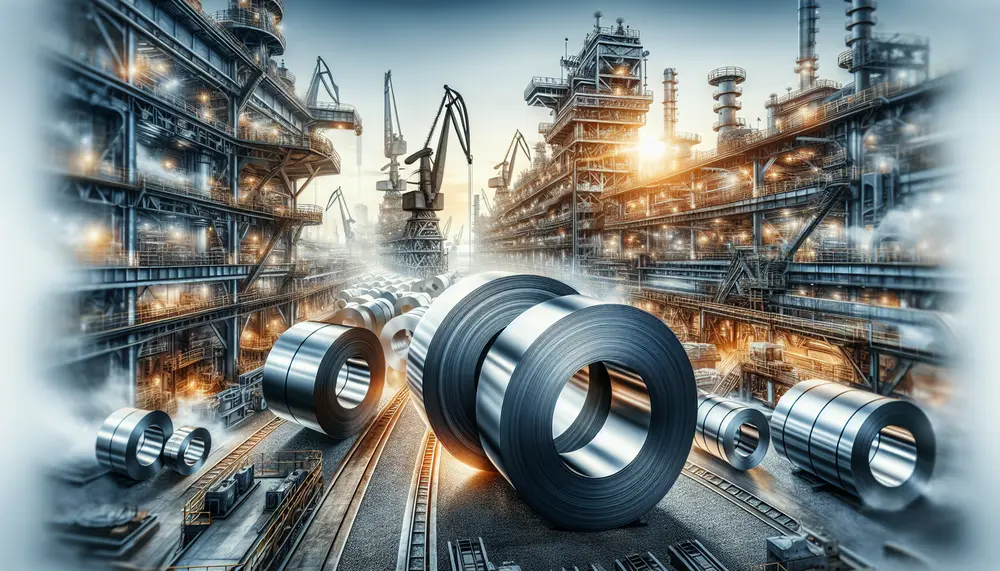
The steel industry in Thailand is a significant and growing sector, fueled by the country's economic growth, urbanization, and strategic location in Southeast Asia. Despite its robust domestic market and government support for industrial expansion, challenges such as high energy...
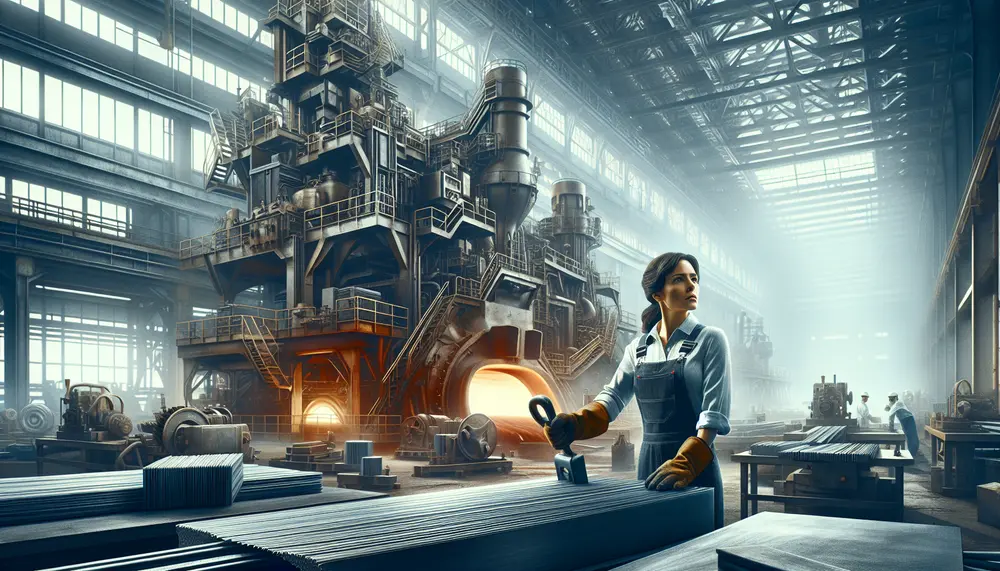
The article provides a comprehensive guide to steel production, simplifying core concepts for beginners and detailing key processes such as the Basic Oxygen Furnace (BOF) and Electric Arc Furnace (EAF) methods. It covers essential steps from ironmaking to finishing, offering...
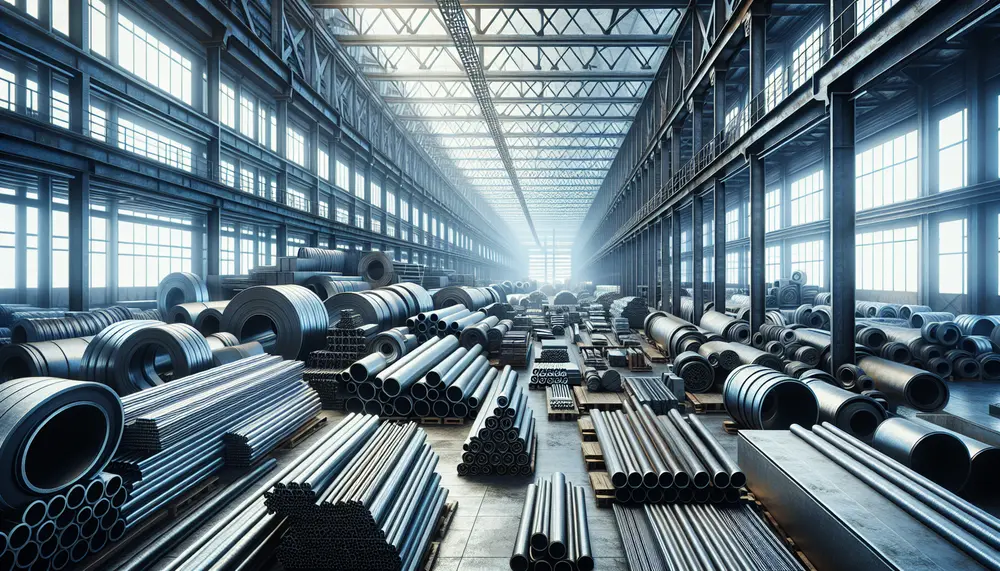
A steel product is an item predominantly made of steel, known for its durability and versatility across industries, with a wide range of forms and applications. Understanding these products involves knowledge of the production process from raw materials to finished...
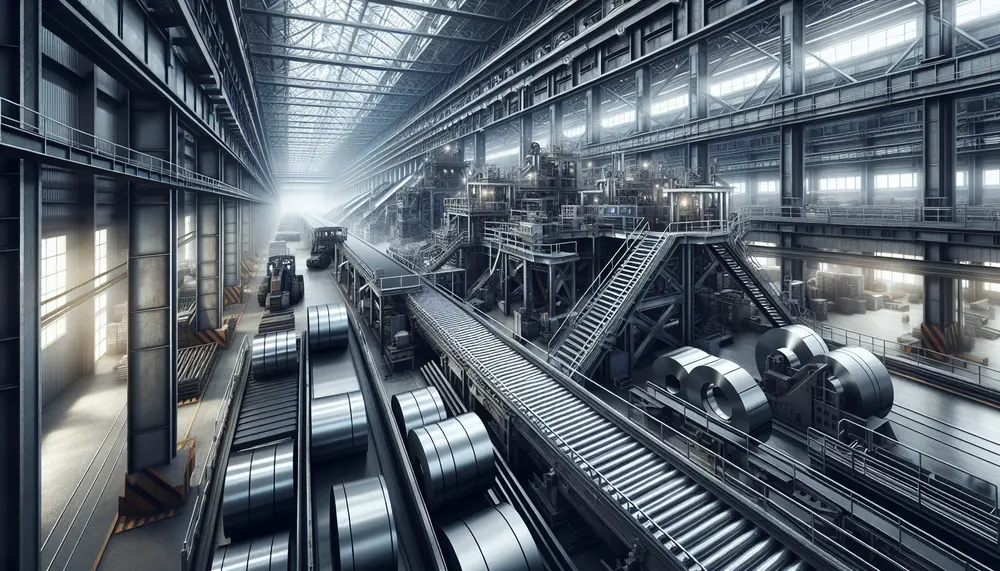
Steel production transforms raw materials like iron ore, coal, and limestone into steel through high-temperature processes in a factory. This complex journey from earth-bound elements to the final product is essential for construction and manufacturing industries, with each material playing...
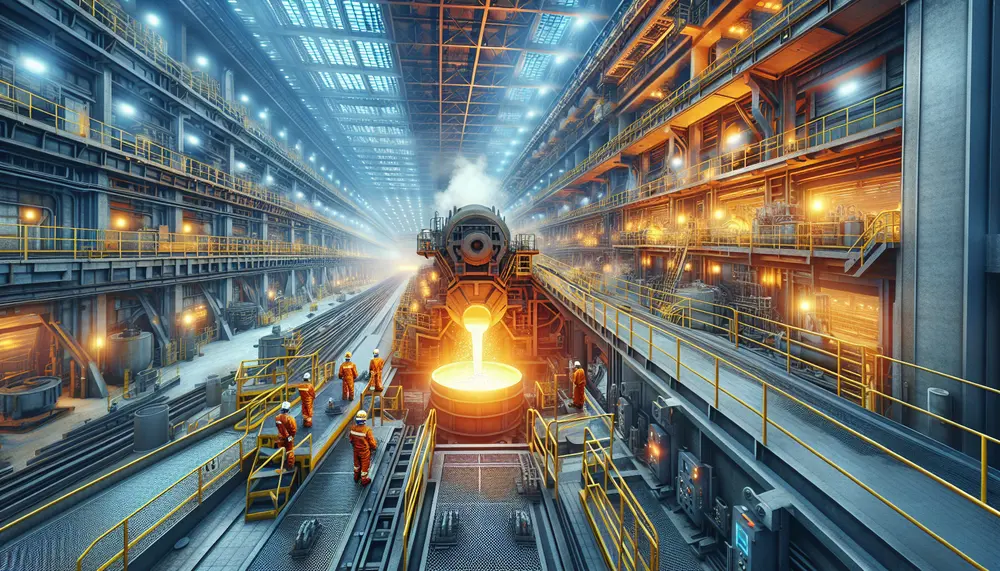
The Ladle Metallurgy Furnace (LMF) is a crucial advancement in modern steel production, allowing for precise control over the chemical composition and temperature of molten steel to produce high-quality products. This technology involves transferring liquid steel into a specialized furnace...
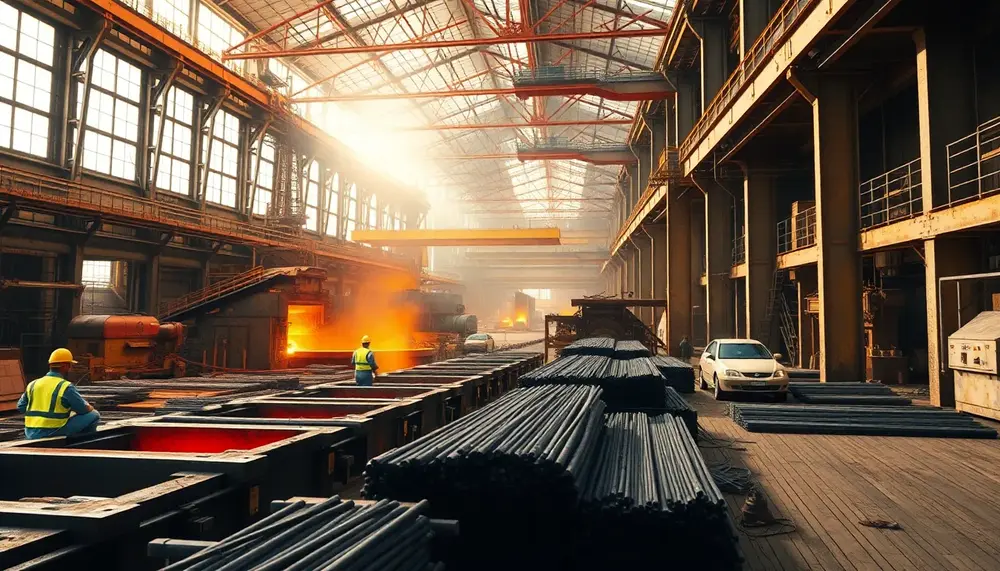
Rebar, a steel reinforcement bar used in concrete and masonry structures, enhances tensile strength to prevent cracking and structural failure; its various types cater to specific environmental needs while ensuring durability, safety, and cost-effectiveness in construction projects....
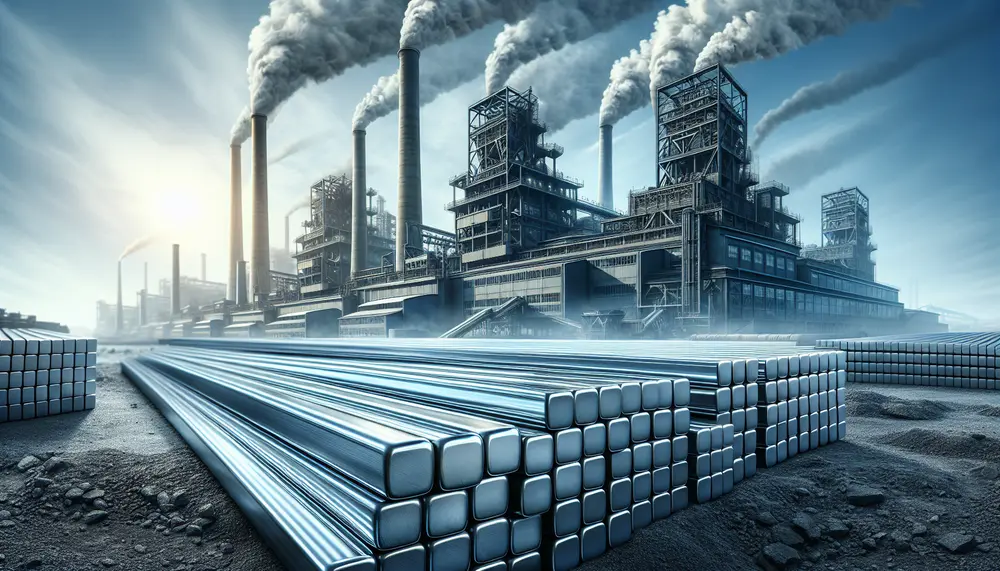
The steel manufacturing process transforms raw materials like iron ore and coal into steel, a critical material for various industries, involving multiple steps to ensure quality. While the process contributes significantly to economic growth and infrastructure development with its strong...
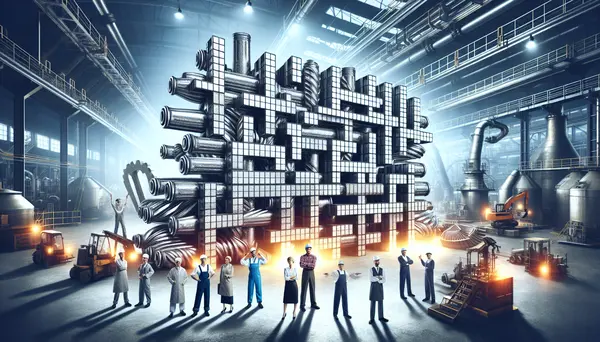
Steel making is a complex process involving the production of steel from iron ore and scrap, where impurities are removed and alloying elements added to create different grades. The process includes two main steps: ironmaking (extracting iron from ore) and...
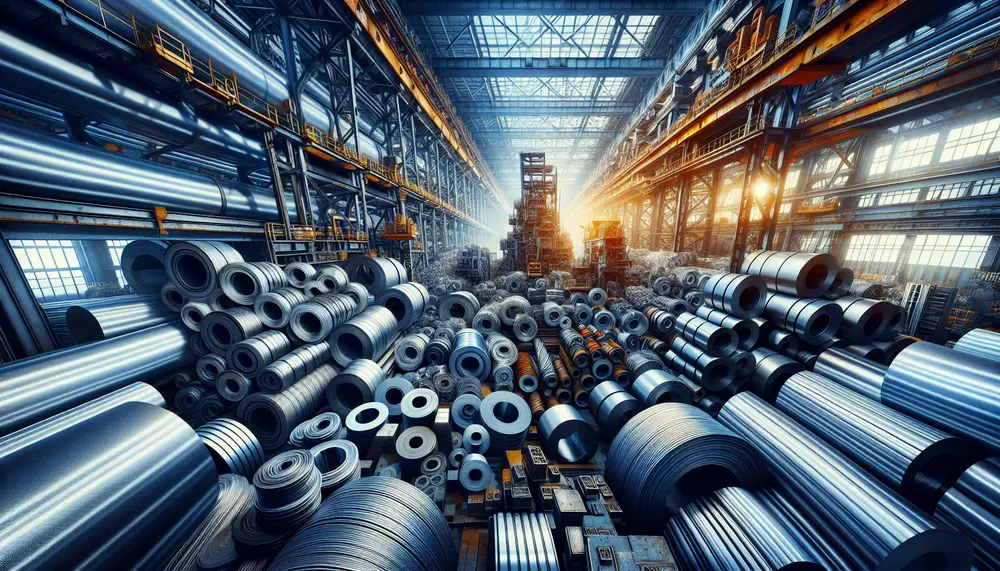
Steel is a versatile material essential to modern industry, with various grades tailored for specific uses from construction to technology. Its key advantages include durability, resistance to extreme conditions, and recyclability, making it integral in innovation and sustainability efforts across...
